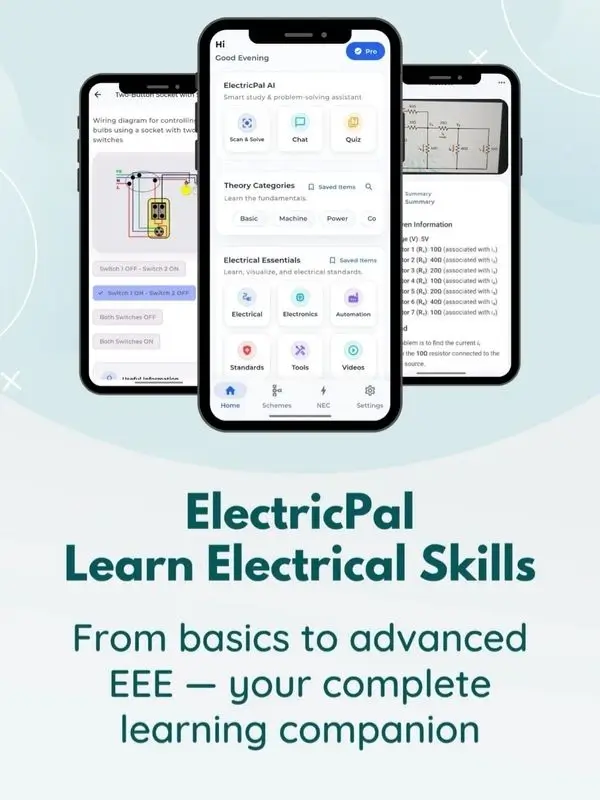
Electrocution is one of the most serious hazards at work. Following simple precautions can greatly reduce the risk.
🔧 1. Use the Right Equipment
- Choose double-insulated tools for extra protection.
- Install and maintain Ground-Fault Circuit Interrupters (GFCIs) to cut power instantly when faults occur.
- Test GFCIs regularly to make sure they work properly.
⚠️ 2. Know the Location of Power Lines
- Identify overhead and underground lines before starting work.
- If lines cannot be shut off, keep safe distance and use non-conductive tools.
🔍 3. Inspect Tools Before Use
- Look for frayed cords, cracked insulation, or broken plugs.
- Remove or tag damaged equipment immediately.
- Never modify cords or tools.
🧤 4. Wear Proper PPE
- Insulated gloves and boots protect against live wires.
- Non-conductive footwear prevents shock to ground.
- Safety goggles or face shields protect from arc flashes.
- Always check PPE before using it.
🔒 5. Lockout/Tagout (LOTO)
- Lock and tag power sources before maintenance or repairs.
- Prevent accidental re-energizing of circuits.
- Confirm power is off before working.
⚡ 6. Respect Power Lines (Above & Below)
- Treat all lines as live until proven safe.
- Keep ladders, scaffolds, and machinery away from overhead lines.
- Confirm underground cable locations before digging.
🌦️ 7. Plan for Weather & Site Safety
- Stop electrical work during rain or storms.
- Allow extra time in schedules for safe delays.
- Mark dangerous areas with warning signs and barriers.
✅ Key Reminder
Electrical safety is everyone’s responsibility:
- Check tools and PPE daily
- Use lockout/tagout
- Keep clear of power lines
- Work safely in all conditions
👉 A safe site protects lives, tools, and timelines.


